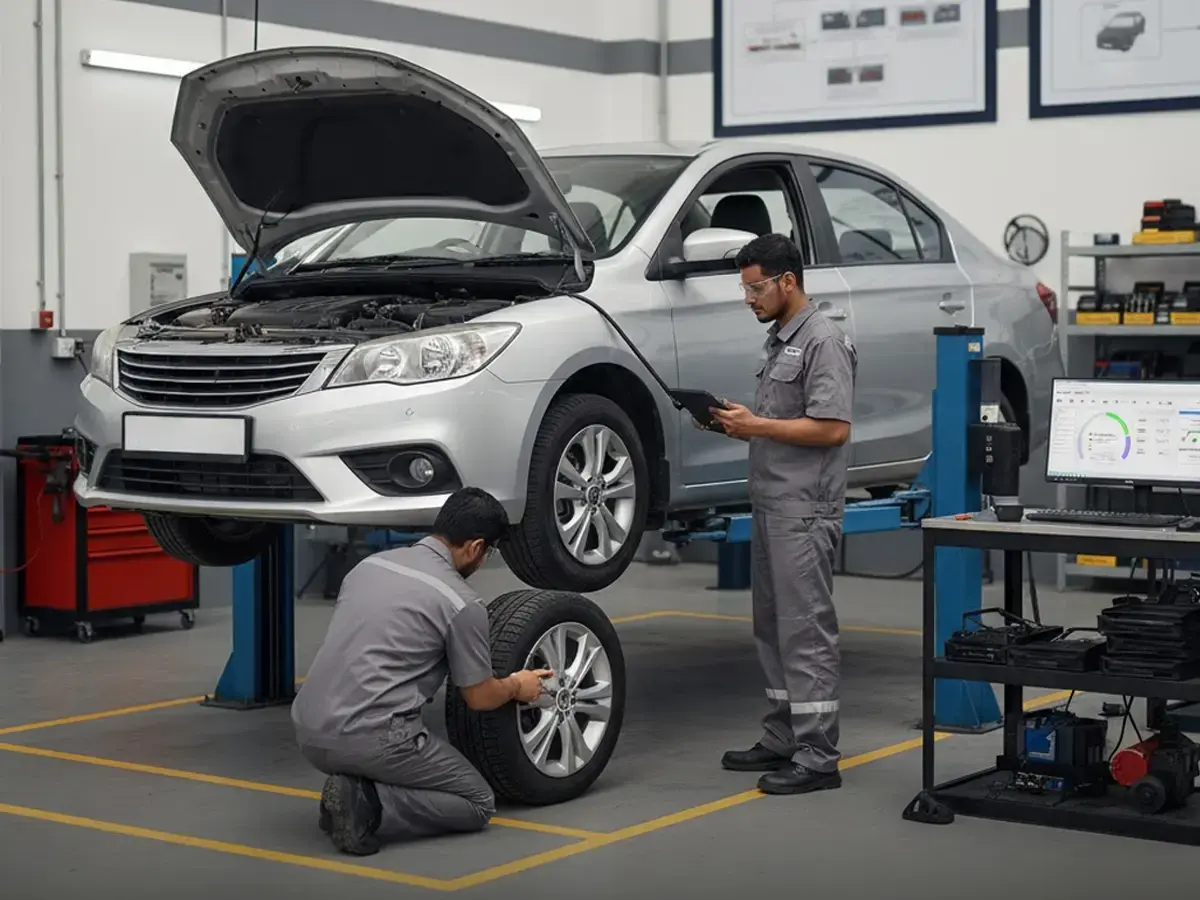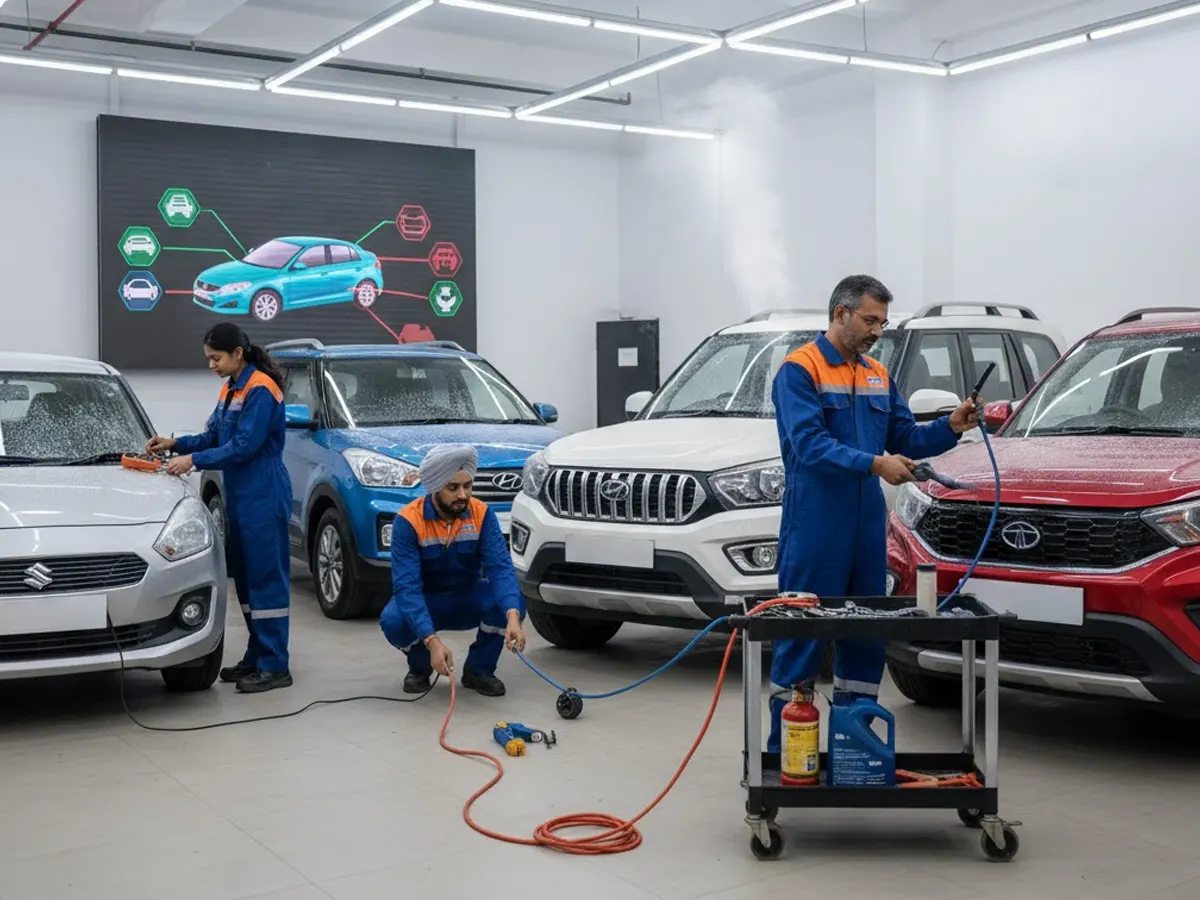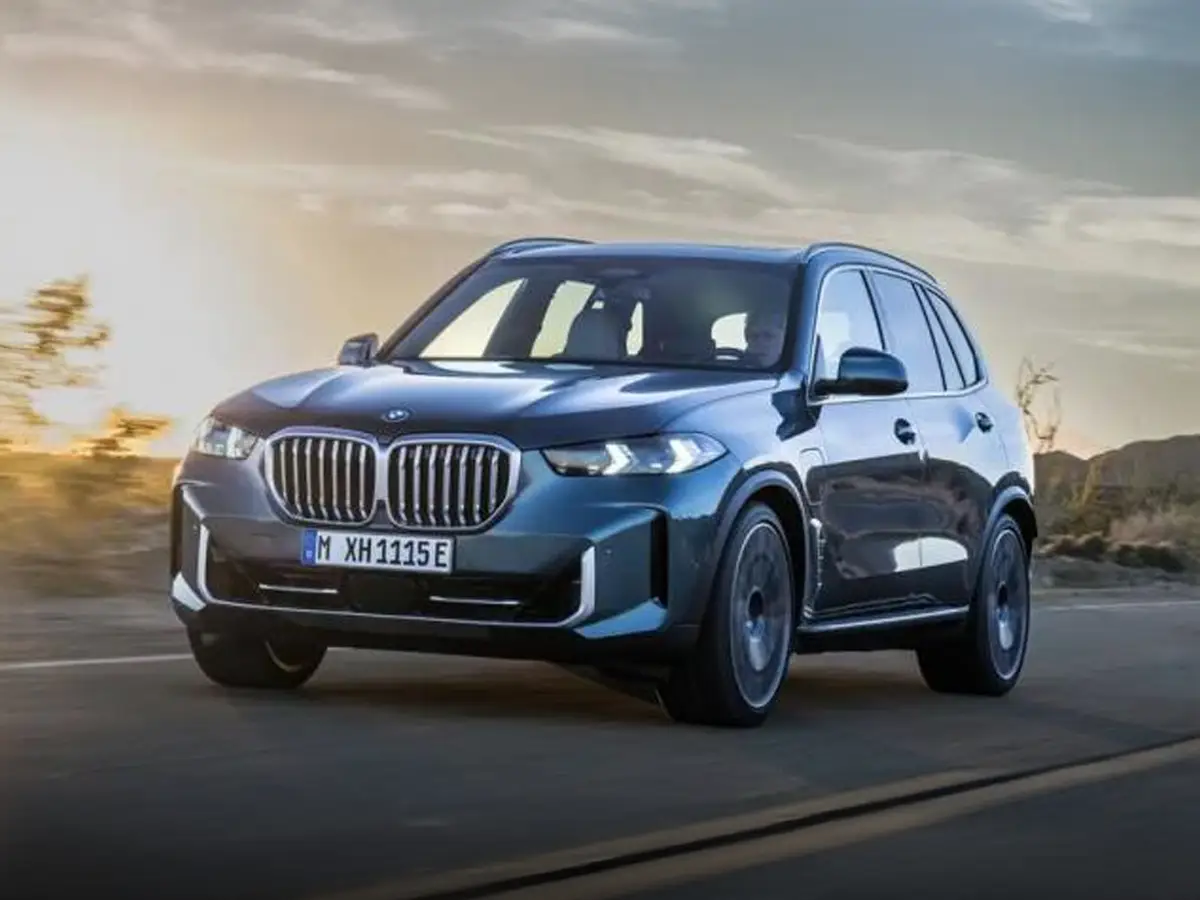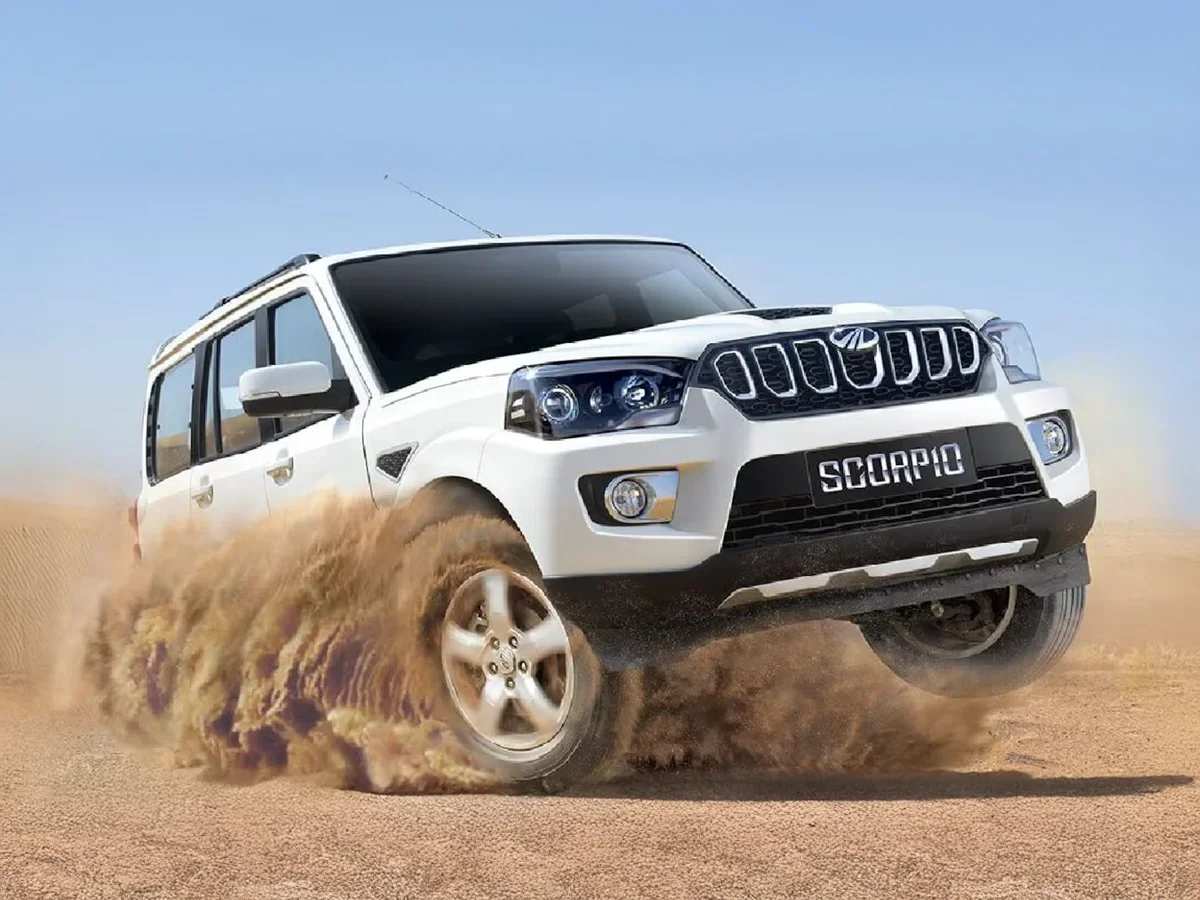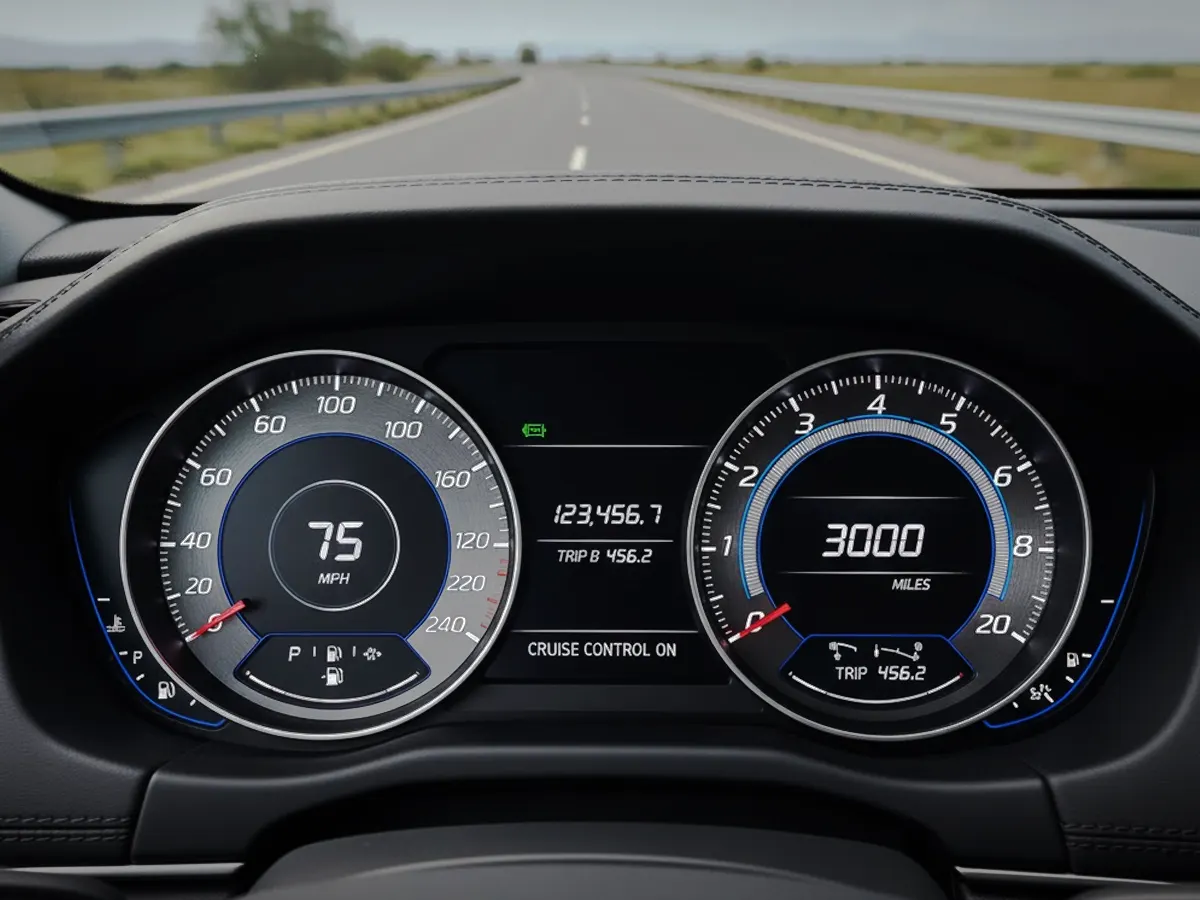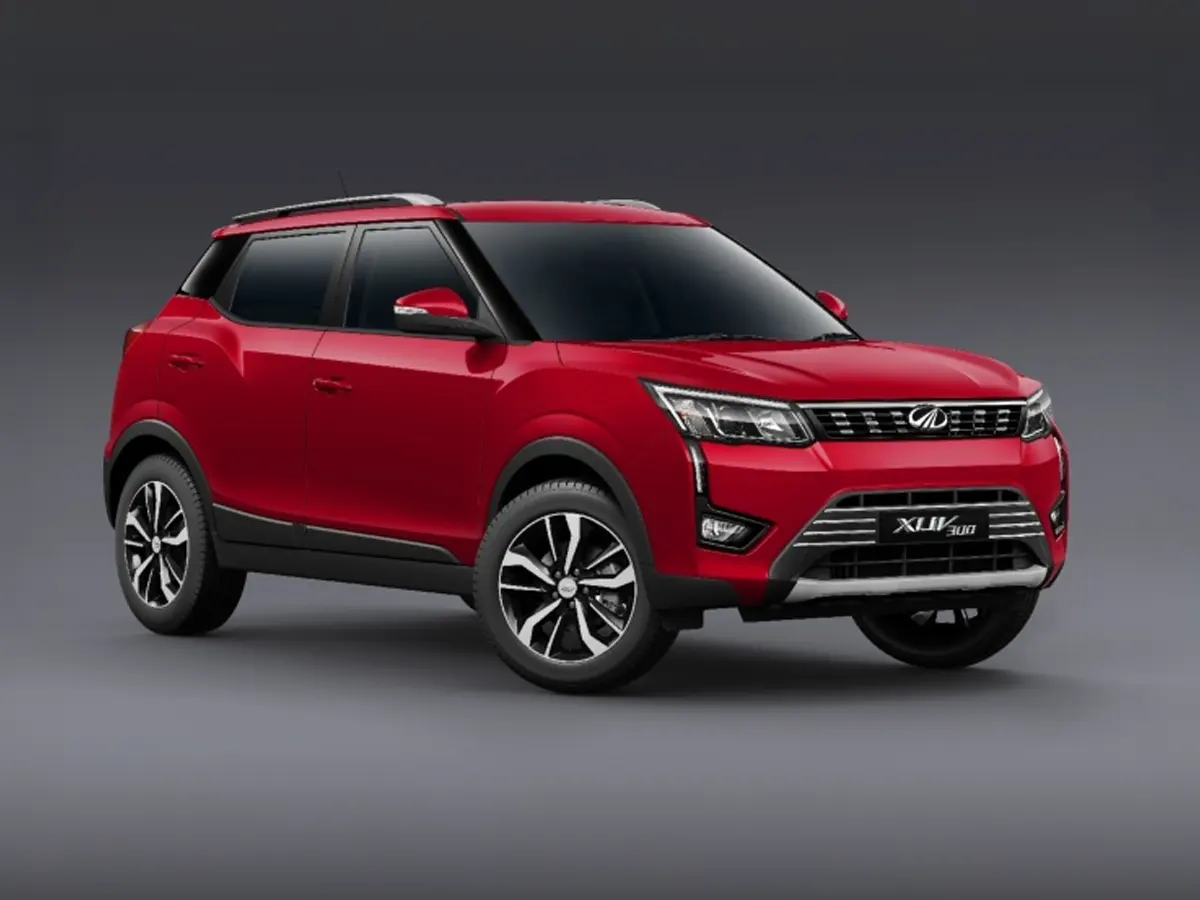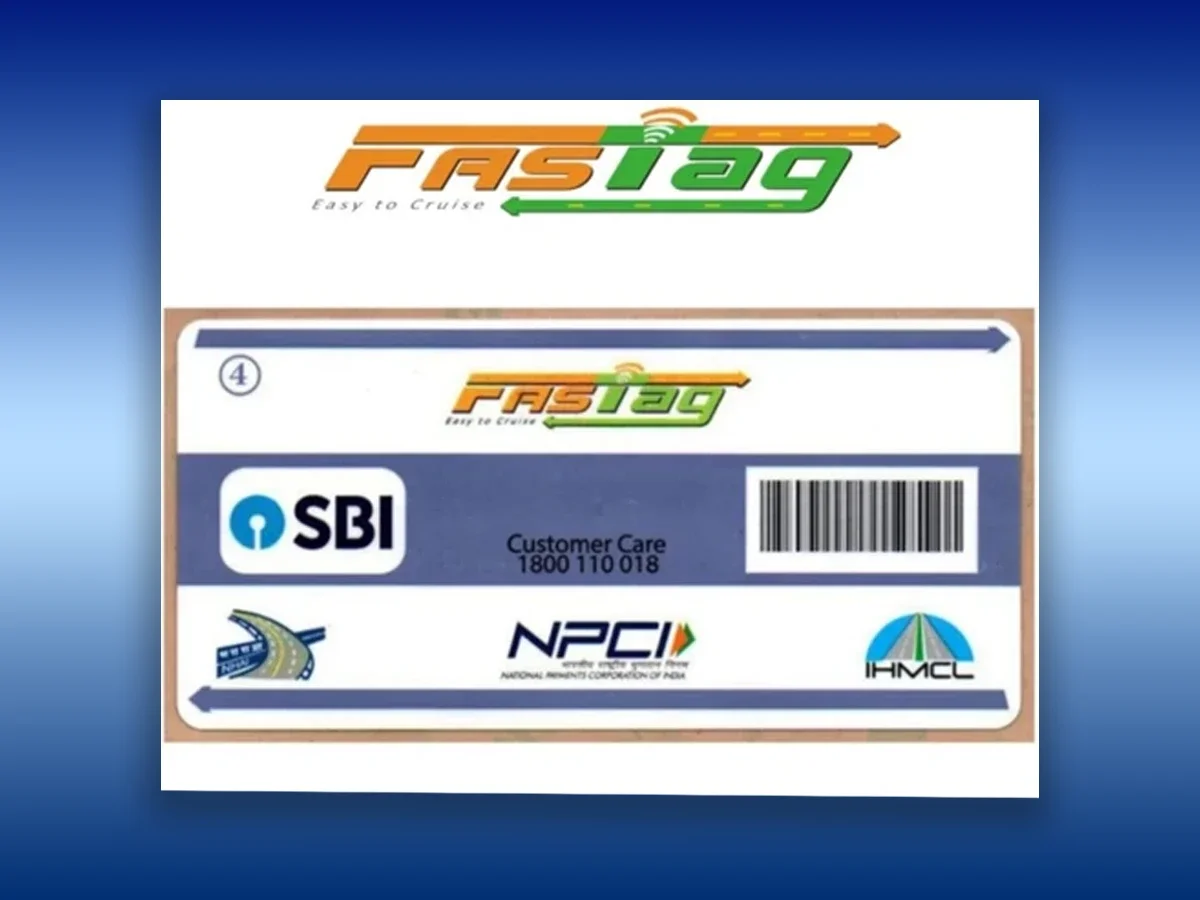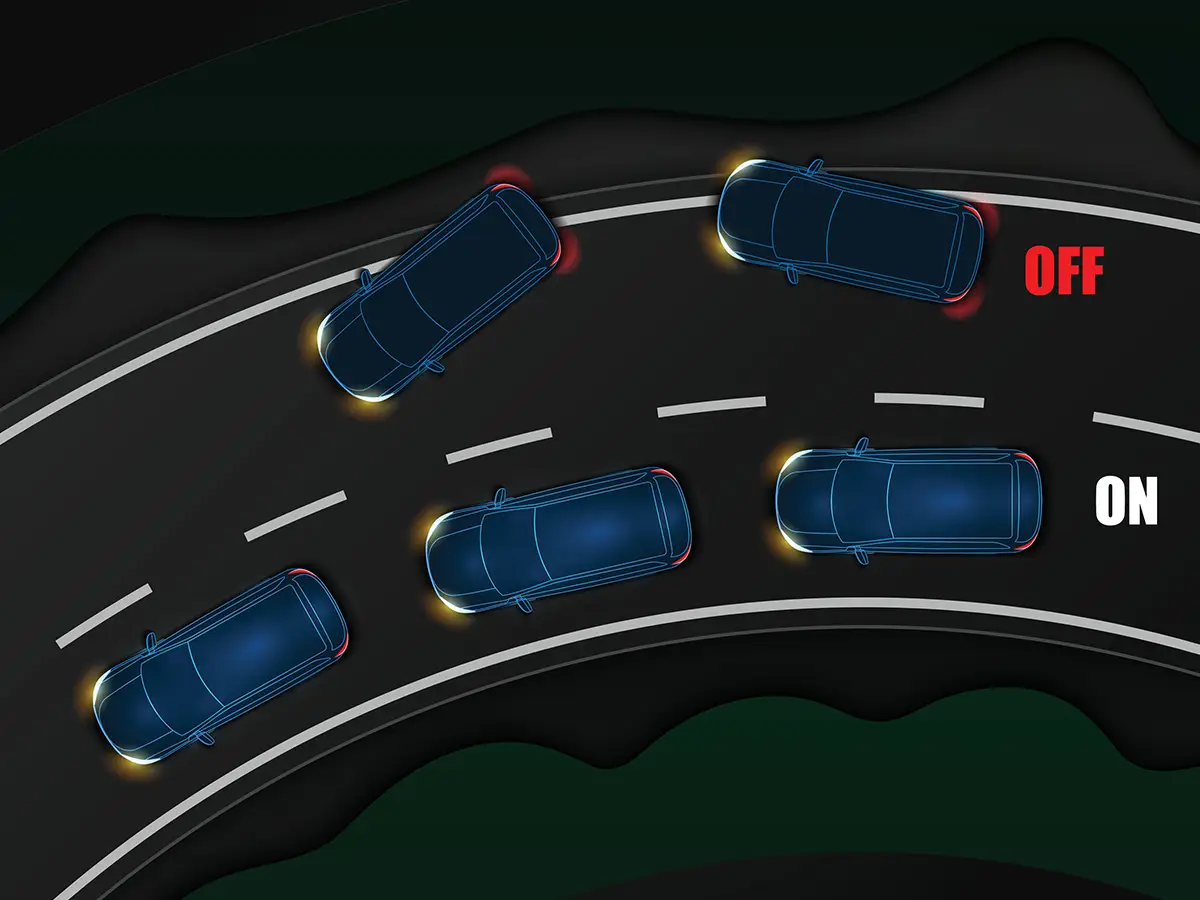

What Are Active Safety Features in Cars and How Do They Keep You Safe?
- 1Active safety works in real time to avoid or reduce the impact of an accident
- 2Traditional active safety features intervene based on driver inputs
- 3Modern active safety features can think and autonomously execute safety manoeuvres
Car safety has become an important criterion for an increasing number of new car buyers in the last decade. The focus has primarily been on increasing the number of airbags in a car, but airbags are a passive safety feature. That means that while the car is being driven, airbags don’t actively help to avoid an accident, and are instead called into use to soften the blow of a crash for the passengers inside the cabin. However, there are other safety features as well in cars that actively help in avoiding an accident and these are called active safety features.
Active safety features work in real time to avoid accidents. There are many active safety features present on modern cars, starting with ABS (Anti-lock Braking System), which is mandated by law to be present on all new cars sold in India. These active systems use data from sensors to understand how a vehicle is being driven, analyze if it could be in danger of crashing, and then deploy their preventive measures to either avoid an accident or reduce its impact. To give you a better understanding of each feature and how it works to keep you safe, we have put together this blog with details about the active safety features offered on today’s cars including ADAS.
Traditional vs Modern Active Safety Features
Active safety features can be broadly classified into two types. Traditional active safety features have been in existence for many years now and are almost offered on all cars today. These include features like ABS, EBD, ESP and Hill Hold Assist. Modern active safety features started appearing on mass market cars in the last few years, and are typically found on the top variants of premium compact sedans or SUVs. The suite of ADAS features found on many cars today are a good example of Modern Active Safety Features.
Traditional Active Safety Features
Apart from having existed for decades and having been perfected over time, traditional active safety features are built to rely on driver logic. For example, traditional active safety features only come into play when they detect driver input that is now being fully followed by a vehicle. For example, if a driver is giving a certain steering input but the car is not turning enough in that direction, traditional active safety systems can intervene to correct the direction of a car. Given below are the most common traditional active safety features found on cars today.
ABS (Anti-lock Braking System)
The ABS system in your car helps in stopping wheel lock-up. When emergency braking is executed, drivers often end up inputting more braking force than what the available tyre grip can use, and this causes the wheels to lock up. This can lead to potentially dangerous scenarios as once the wheels lock up, the driver loses steering control over the car. An ABS system simply releases the excess braking pressure so that the wheels don’t lock up during heavy braking.
ABS uses wheel speed sensors at each wheel of a car. The speed of each individual wheel is constantly monitored by the ABS Controller. When a driver applies the brakes and performs emergency braking, the rapid loss of speed at any of the wheels in comparison to another can signal to the ABS Controller that the wheel is about to lock up. To mitigate this, solenoid valves in the brake lines can open and close to regulate the braking pressure. A pump is used to restore pressure to the brakes when the wheel starts spinning normally again. This happens rapidly and can be felt by the driver as a pulsing sensation in the brake pedal.
EBD (Electronic Brakeforce Distribution)
The EBD system works in conjunction with ABS and it is responsible for regulating braking force under changing grip conditions at individual wheels. EBD ensures that wheels with low grip receive a lower braking force and the wheels with higher grip receive more braking power, to ensure efficient braking. Like ABS, the EBD system uses the wheel speed data and compares it against one another. The system also works with pre-fed data.
Events such as heavy braking and cornering can transfer the weight of a car, thus changing the amount of maximum grip at each wheel. EBD looks out for such instances and redistributes braking power to ensure stable braking and mitigate wheel lock-up. The system piggybacks onto the ABS assembly to redistribute the braking force between each wheel. The solenoid valves to each wheel can be operated individually, thus regulating the braking force applied to each wheel.
BA (Brake Assist)
Brake Assist is an underrated active safety feature and is often overlooked because of the presence of ABS and EBD. It is also called an Emergency Brake Assist (EBA) by some car makers. Under emergency braking scenarios, drivers often don’t apply the maximum braking pressure that the wheels can withstand without locking up. The Brake Assist or BA system can detect such instances, and increase the braking pressure without any input by the driver.
Emergency braking is detected by a brake pedal sensor. The instant force on the pedal can signal to the onboard computer that an emergency braking manoeuvre is underway. Modern cars can also measure the release speed of the throttle pedal and the immediate shift to the brake pedal to determine when emergency braking is needed. The system simply applies maximum pressure, and works with the ABS and EBD systems onboard to stop the wheels from locking up and ensuring all wheels receive optimal braking force.
TC (Traction Control)
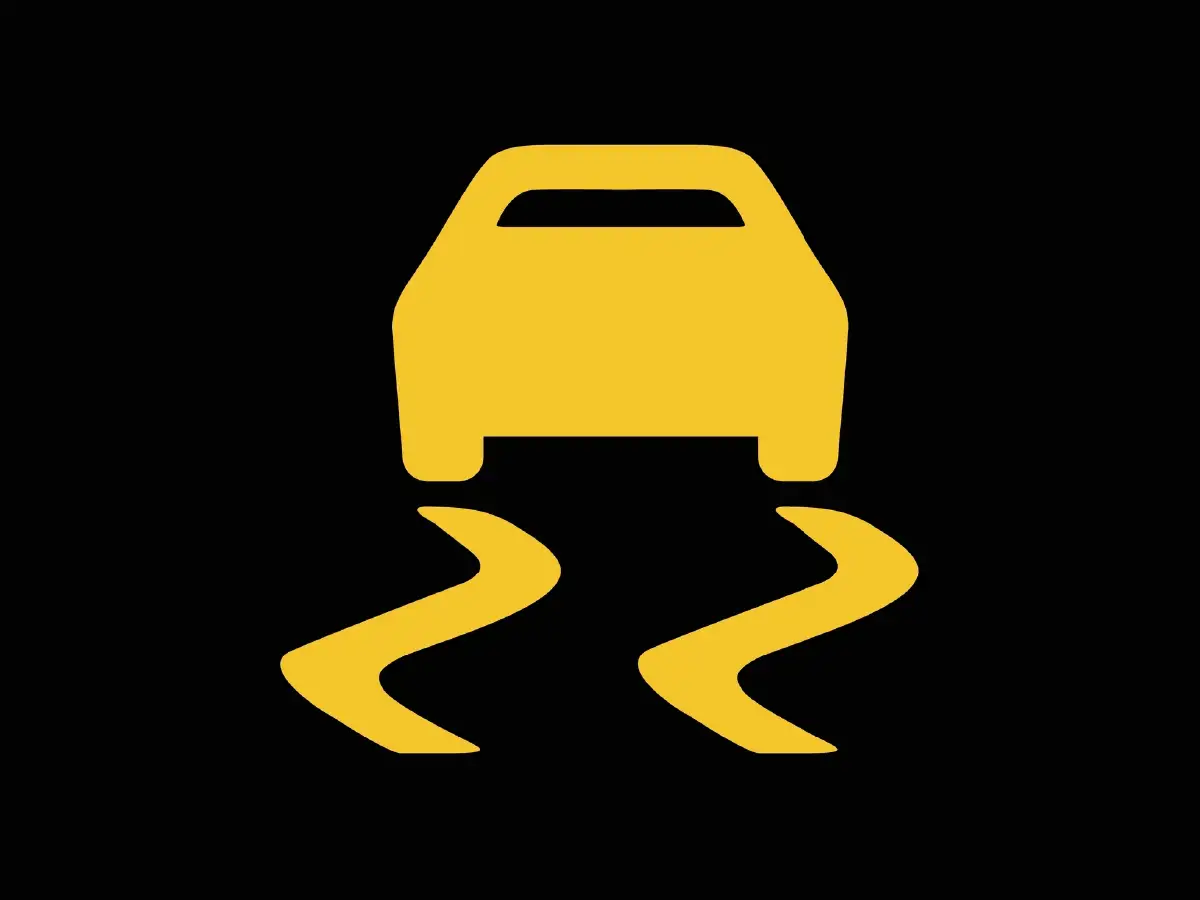
Traction Control is another traditional active safety feature and it helps in maintaining the stability of a vehicle while it is accelerating. It stops your wheels from excessive spinning when the torque applied to the driven wheel is enough to overcome their grip. This mostly happens in low traction environments such as adverse weather conditions. Rain, ice and snow can cause wheels to lose grip and spin excessively without creating any forward motion. This can also happen on sand, mud and dirt. Furthermore, wheelspin can also be induced when a driver accelerates while cornering.
Excessive wheel spin can cause a car to veer off its trajectory and eventually become uncontrollable. The TC system uses the wheel speed sensors to determine when excessive wheelspin is occurring and it can either moderately apply the brakes or cut engine power to stop excessive wheelspin. The brakes are applied using the ABS assembly. For cutting engine power, the ECU can undertake various measures such as adjusting throttle response, retarding ignition timing and even cutting off fuel. This lowers the available torque at the wheel and stops excessive wheelspin. While it used to be a standalone system on older cars, TC is bundled with ESP in modern cars.
ESP (Electronic Stability Program)
The ESP is one of the most important active safety features in cars and is responsible for maintaining the intended trajectory of a car during emergency manoeuvres. This can result in the front or rear axle of the car losing grip and skidding. When the front axle loses grip, or the car doesn’t turn in enough as desired by the driver, it is called understeer. When the rear axle loses grip, or the car turns too much, it is called oversteer. In both scenarios, the ESP can intervene and straighten out the car so that it can follow the path intended by the driver.
To do this effectively, the ESP system uses the wheel speed sensor, and additional sensors for measuring steering angle, yaw rate and lateral acceleration. Using the steering sensor, the system can determine the intended path of the vehicle. Furthermore, using the yaw rate and lateral acceleration sensors, the system can determine the actual path being taken by the vehicle, and the difference between the two. To correct the situation, the ESP brakes individual wheels. Braking the inner rear wheel helps overcome understeer by pulling the front of the car into the turn. Braking the front outer wheels helps overcome oversteer by straightening the rear of the car. An ESP system can analyse and alter braking force many times in a single second.
HHA (Hill Hold Assist)
Hill Hold Assist is often bundled with ESP on many cars, however, manufacturers choose to offer it individually as well and some also call it Hill Start Assist or HSA. Its purpose is to stop the vehicle from rolling back on an incline when a driver is starting off. This system is applicable to both manual and automatic transmission cars. When a driver transitions their foot from the brake to the throttle while simultaneously releasing the clutch, a manual transmission car can often roll back. Even automatic transmission cars can roll brake when the brake is released on an incline, until the engine builds sufficient torque.
HHA simply keeps the brakes applied for a few seconds or until the engine produces enough torque to overcome the gravitational force of the incline. Hill Hold Assist uses an incline sensor to measure the incline of the road and wheel speed sensors to know if the wheel is stopped or rolling. Additionally, brake pedal and clutch pedal (in the case of manual) pressure sensors to detect when the brake is released and the clutch is engaged. The onboard computer uses the data from these sensors and applies the brakes for a few additional segments when the driver is starting off on an incline.
(HDC) Hill Descent Control
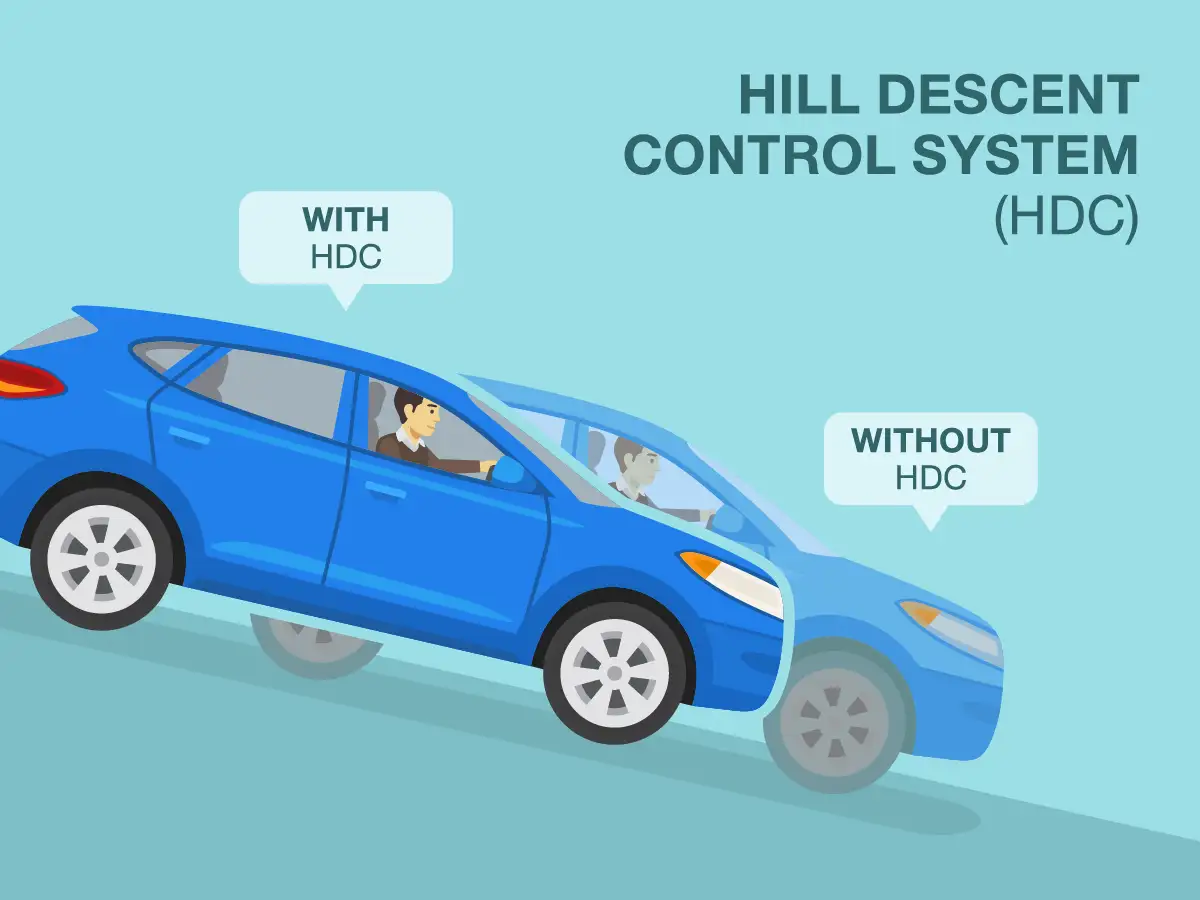
Hill Descent Control helps drivers to easily navigate driving down steep inclines. The HDC system needs to be pre-selected by a driver before driving down an incline. This can usually be done by a button on the dashboard or centre console. Uneven braking pressure or erratic throttle can cause a vehicle to lose control and skid down an incline. HDC can take over the brakes of a vehicle and also uses engine braking to maintain a set speed. It works at low speeds, typical 2 to 20 km/h. Manual transmission vehicles are generally required to be in first gear for HDC to work.
The system uses data from the wheel speed sensors, incline sensor and the steering angle sensor to monitor the speed of each wheel, the incline angle and the intended path of the driver. The HDC piggybacks on the ESP system to apply measured force to each wheel to maintain a set vehicle speed. The driver is not required to provide braking or throttle inputs when using HDC, and is only required to steer the path. Hill Descent Control is an active safety feature that can be crucial in low traction environments.
TPMS (Tyre Pressure Monitoring System)
TPMS works differently than other traditional safety features. While other systems intervene during a driving manoeuvre, a Tyre Pressure Monitoring System can forewarn of driving hazards. Under inflated or over inflated tyres can cause major issues to the handling of vehicles which can cause a safety issue on the road.
TPMS systems are of two types. Direct systems have pressure sensors in each wheel which measure the pressure in the tyres. Higher end systems can also detect tyre temperature. Indirect TPMS systems uses wheel speed sensors. An under-inflated tyre will have smaller circumference than a properly inflated tyre, which will cause it to spin slightly faster than the rest of the tyres. The TPMS system can pick up on this anomaly to detect a loss of tyre pressure. Ultimately, when the pressure falls below a set limit, the TPMS light or warning comes in the instrument cluster, signalling the driver to check the tyres.
VIDEO: https://youtube.com/shorts/HiUDZotpR7c?si=kp4vwEzkRqUW0CJh
Modern Active Safety Features
Modern active safety features have only come into the picture in the last decade. These are essentially the result of modernised computer technology which is now being deployed on cars. Modern active safety features don’t just react to driver logic, but are one step ahead. They use modern data gathering devices such as cameras, radars and Li-dar sensors to create a picture of the car’s surroundings. This data is then actively computed, and in milliseconds the computer can, first warn the driver if an unsafe scenario is detected, and if the driver fails to respond in a given time, it can even take avoiding action. For example, the computer can determine that a collision is imminent with the vehicle in front, and automatically apply the brake before the driver even gives any braking input. Below, we have listed the most common modern active safety features found on cars today also known as ADAS or Advanced Driver Assistance Systems.
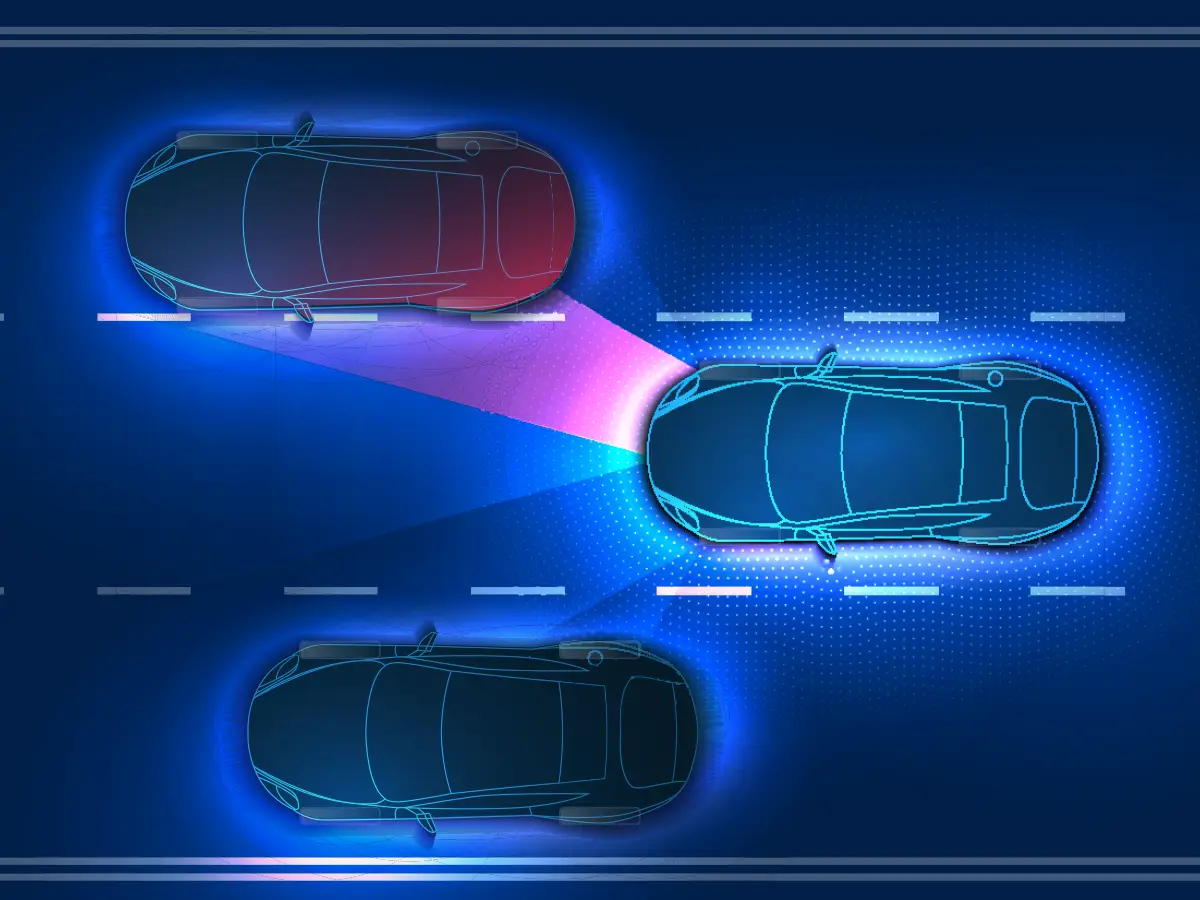
Forward Collision Warning (FCW) and Auto Emergency Warning (AEB)
Forward Collision Warning uses the forward camera and radar sensors of a vehicle. FCW primarily works by calculating the reduction in gap with an obstacle in front of the car. This obstacle could be another car slowing down in front, a slow moving vehicle moving into your lane, or even a pedestrian appearing in front of the car. If there is enough time, the system will first warn the driver by visual indication in the instrument cluster and also with an audio warning.
However, if the driver still does not react, or there the time to collision is too little, Automatic Emergency Braking comes into play. This system automatically applies the brakes to stop the vehicle. AEB relies on the solenoid valves and pumps part of the ABS system to automatically apply the brakes. AEB in most cases is able to stop short of the obstacle if the brakes are applied in time. If not, it acts to reduce speed of the crash, reducing its overall impact.
Lane Departure Warning (LDW) and Lane Keep Assist (LKA)
These systems come into use on highways with proper lane markings. The forward facing camera of a vehicle sees the lane markings and onboard software is used to compute the car’s position between the lanes. If the system detects that the vehicle is unintentionally veering into another lane or towards the edge of the road, it can sound an alert along with flashing a visual alert on the instrument cluster. The steering wheel can also vibrate in these scenarios. However, the system doesn’t interfere if the driver uses turn signals to change lanes.
If the driver does not react to LWD, the Lane Keep Assist function comes into play. The LKA can take over steering control and gently nudge the car back into the centre of its current lane. The system can also use the brakes if it deems necessary.
Blind Spot Collision Warning (BCW) and Blind Spot Collision Avoidance (BCA)
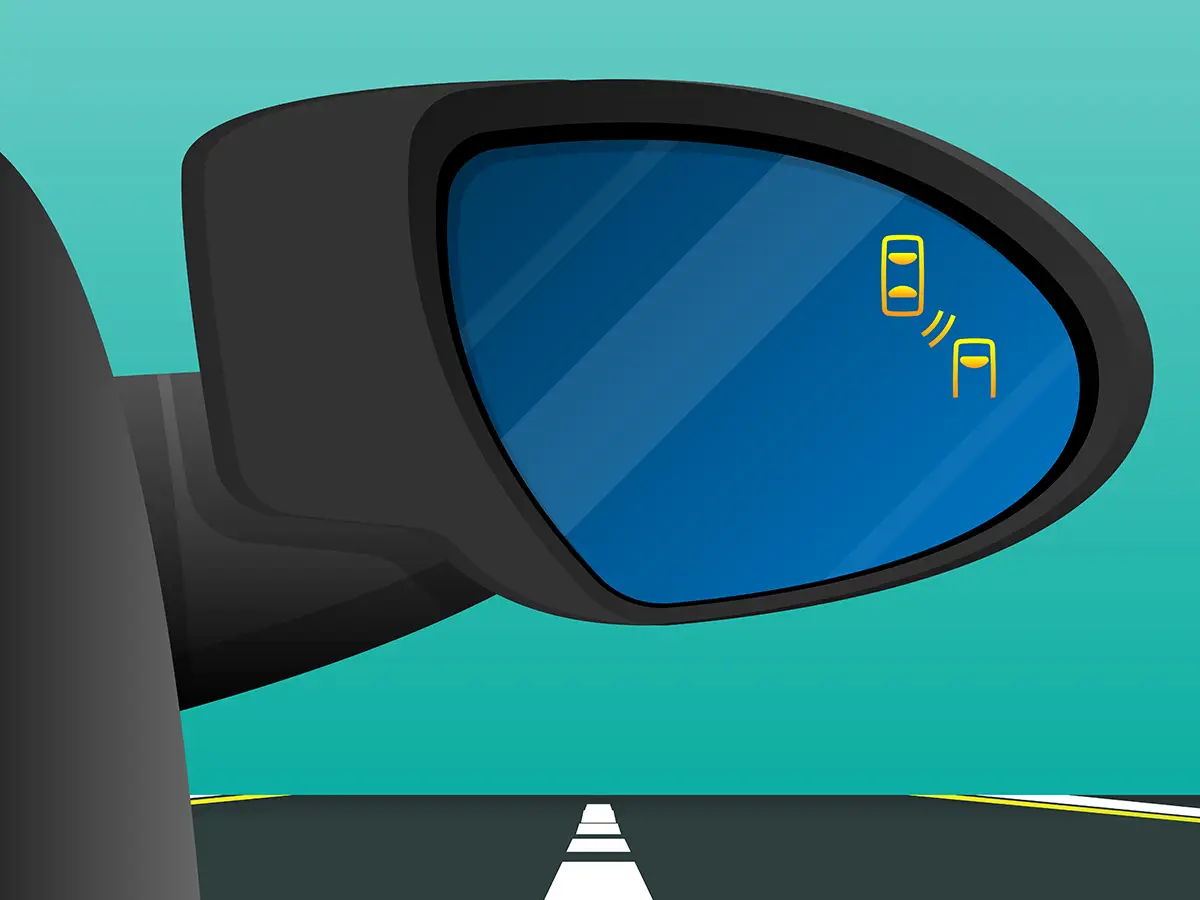
Blind Spots are the surrounding areas of a car that are out of the visual range of the driver, irrespective of properly positioned inside and outside rear view mirrors. These are areas near the rear quarters of the vehicle, just behind the side mirrors. The BCW system uses cameras and sensors mounted on the side mirrors and on the rear bumper of the car to detect vehicles in the blind spot of the driver. If the blind spot has a vehicle, a hazard light is mostly shown in the side mirrors that is visible to the peripheral vision of a driver. If a driver starts to change lanes despite this warning, visual and audio warnings come on in the cabin.
If the vehicle continues to change lanes, the Blind Spot Collision Avoidance system gets activated. It automatically steers the vehicle back into its lane and can also use the brakes to reduce speed. Furthermore, the steering can also vibrate during such instances.
Rear Cross Traffic Warning (RCTW) and Rear Cross Traffic Avoidance (RCTA)
It can be difficult to see moving traffic when reversing out of a parking spot with cars on both sides. The RCTW system uses the same sensors on the bumper as the Blind Spot system and uses it to spot oncoming vehicles from either side of the vehicle. It can gauge traffic that might be three spots away and moving towards your vehicle. The RCTW system is automatically activated when you shift your car in reverse. It emits visual and audio warnings to warn the driver of rear-crossing traffic.
If the driver does not react or there isn’t enough time, the RCTA or the Rear Cross Traffic Avoidance system takes over. It can automatically apply the brakes and to stop the vehicle from moving back. It releases the brakes after the vehicle has passed and the path is clear.
Driver Drowsiness Alert (DDA)
When driving over long distances and at constant speeds, drivers can tend to become a little drowsy which leads to a lower level of concentration. Modern ADAS systems can detect when a driver starts becoming drowsy and warn them by audio and visual cues. The system takes into account erratic steering movements, hard acceleration and harsh braking along with other parameters such as driving time to detect if a driver might be drowsy. Advanced systems also have a driver facing camera which improves the effectiveness of the system and effectiveness of active safety features.
Safe Exit Warning (SEW) and Safe Exit Assist (SEA)
The SEW system uses sensors on the rear bumper to monitor cars or cyclists that might be approaching the door of the vehicle when it is parked. If the system detects that the door is being opened by a passenger, it can sound a visual and audio warning.
However, if the vehicle detects that opening a door will cause an imminent collision with a vehicle approaching from the rear, it can also temporarily lock the door using the SEA or Safe Exit Assist system. It unlocks the door once its path is clear.
Summary
Active safety systems in a car are designed to stop or decrease the impact of an accident. Over the years, active safety systems have slowly become more refined. Traditional active safety systems offer great protection as they are trained on years of accumulated data. Modern active safety systems offer great assistance, and they will become better as these systems are trained on more real world data. Over time, modern active assistance systems will become even more precise, thus increasing the safety quotient without intruding excessively into the driving experience.
Frequently Asked Questions
Expand all